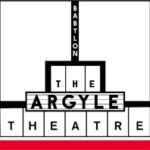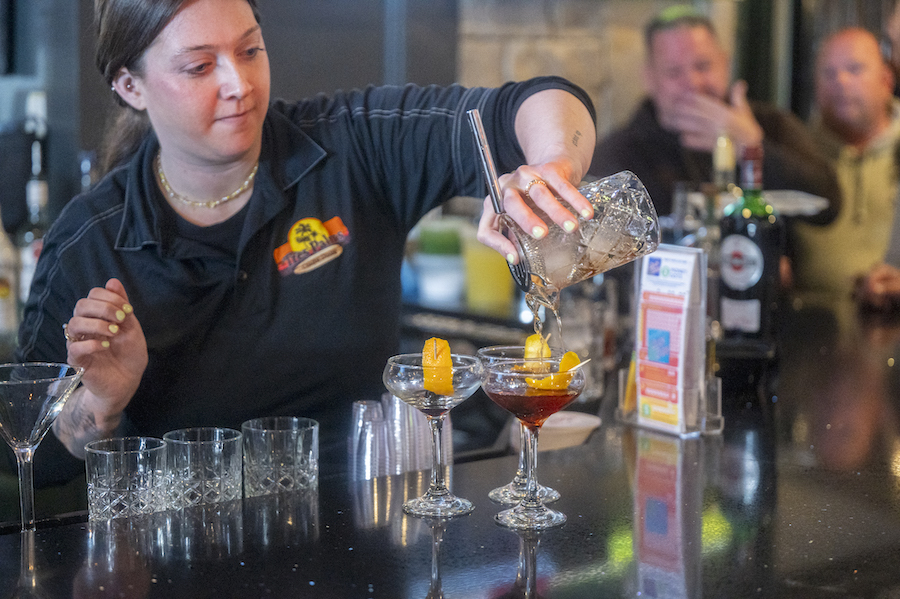
Greater Babylon coverage is funded in part by The Argyle Theatre, where Broadway comes to Babylon. Click here for tickets to ‘A Bronx Tale,’ performing April 25 to June 16.
 From Fire Island National Seashore |
From Fire Island National Seashore |
Growing up in North Babylon, Lauren Zeffer knew all about family fun on Fire Island. This summer, as a National Park Service Northeast Region Geoscientist-in-the-Parks, or “GIP” intern, Lauren is learning much more about the science of the seashore.
Q&A
advertisement
Q: Did you and your family explore Fire Island National Seashore before you began working with the NPS as a Geoscientist-in-the-Parks, or GIP?
A: As a child my family would take day trips to Sailors Haven. We used to anchor in the bay and spend the day at the beach or visit the ranger station and take tours through the Sunken Forest. I have also walked to the lighthouse from the parking lot at Robert Moses Field 5 countless times with friends and family.
I remember doing an evening horseshoe crab program at the Fire Island Lighthouse with my family. We learned about these fascinating marine creatures and then took flashlights to the beach to find them coming up on the shore to mate. During the spawning season, in May and June, you can see horseshoe crabs by the hundreds if you are lucky!
Q: Tell us what you are doing and learning this summer working with the NPS Northeast Region Inventory and Monitoring Network.
A: We have been collecting information about small aquatic animals that can swim, called nekton, and about salt marsh plants. This work happens every other year at Fire Island to help the NPS understand the health of the salt marsh habitat. Inventory and monitoring work is important because without it we wouldn’t be able to see the changes that are happening in our environment over time.
In areas such as the salt marsh it’s important because these natural systems serve as buffer zones that help to protect Fire Island and Long Island from erosion and storm surge.
Q: What have you learned about Fire Island National Seashore so far this summer?
A: I always thought I was pretty familiar with the Sunken Forest but it wasn’t until this summer that I realized how unique and special it actually is. As a kid I’m sure I was too excited to see the plants and animals to fully pay attention to my mother as she read from the guide booklet. Now that I am older and have college courses under my belt, I know more about plants and ecosystems, which makes me appreciate the Sunken Forest so much more.
The Sunken Forest is one of only two maritime holly forests with such an assemblage of plants in the world! The other forest system like this can be found in New Jersey. The way that the dunes formed allowed for the forest to develop — which is quite incredible to think about as you walk under the trees.
If the dunes were not established the way they were at Sailors Haven, the forest growth most likely would have been stunted due to the salt spray. This would have resulted in a much shorter forest, like some of the other forests throughout Fire Island National Seashore.
Q: How will this experience help you as you pursue your career?
A: This experience will help me as I pursue my career because of the skills I have gained and enhanced in the field. I have expanded and exercised my plant identification skills both in the marsh and in the forest. I had the opportunity to become more familiar with site maps and GPS units as well. I have expanded my professional network by getting to know other crew members and administrators. I hope to use this experience as another building block that will lead to more opportunities for me in the future.
























